Loch Leven Castle: The Prison of a Beleaguered Queen
On the anniversary of the execution of Mary, Queen of Scots, at Fotheringhay Castle on 8 February 1587, we wind back the clock to the dramatic events which preceded Mary’s flight from Scotland and, in particular, focus on the place in which she was first imprisoned after her surrender at the Battle of Carberry Hill, on 15 June 1567: Loch Leven Castle.
The Fall of Mary, Queen of Scots
Never was there a more sorry tale than the fall of Mary Stuart, Queen of Scotland. There is no doubt that Scotland’s political and religious climate was tricky, to say the least, when Mary arrived back in Scotland from France in 1561. At the time, she was just 19 years old. However, looking back over the centuries, it isn’t easy to understand some of Mary’s choices, particularly regarding men. In so many ways, Mary, it seems, was her own worst enemy.
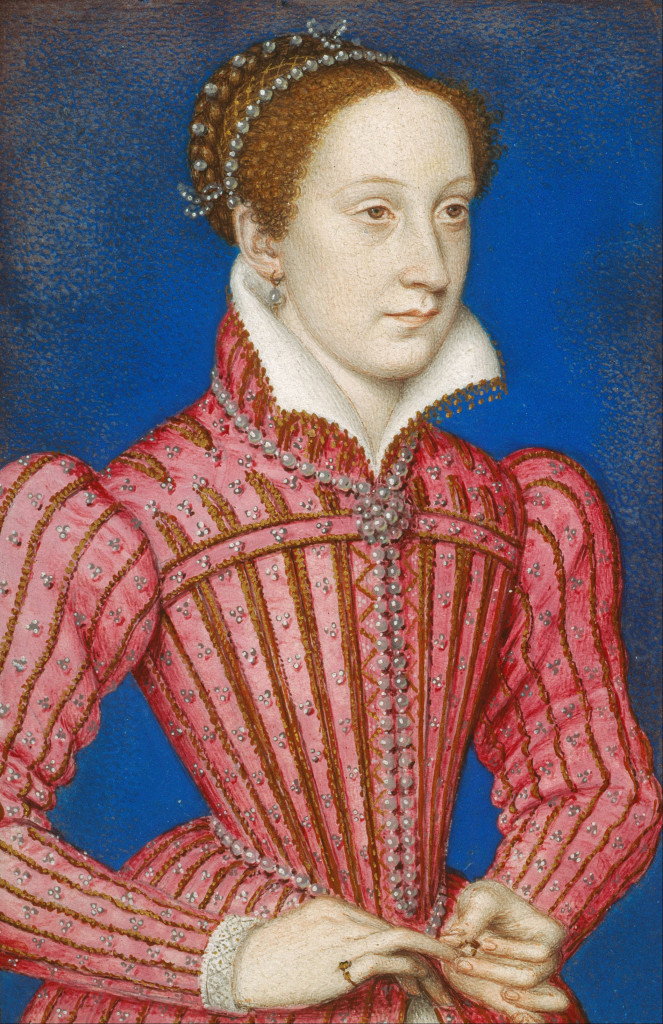
For me, reading the accounts of her life in Scotland feels like watching a train wreck in slow motion. Never was this truer than in the year which saw Mary lose her crown: 1567. The events leading up to her surrender at Carberry Hill piled insult upon injury, turning increasing numbers of her subjects against her.
First, there was her tempestuous relationship with her second husband, Lord Darnley, his murder at Kirk O’Fields in Edinburgh, and the subsequent rumours which swirled around regarding her involvement in the plot to assassinate him. If that were not enough, her marriage to the hated Earl of Bothwell, James Hepburn, and her ineptitude in dealing with the Confederate of Protestant Lords came next. They believed Bothwell to be guilty of Darnley’s murder and were determined that Bothwell would be brought to justice. Mary refused to cooperate.
All this culminated one hot June day when Mary, Bothwell and their supporters faced off against the Confederate Lords at Carberry Hill about 8 miles to the south-east of Edinburgh. The details of what transpired that day and why go beyond the scope of this blog. However, suffice it to say that a combination of botched tactics and Bothwell’s cowardice meant that Mary was backed into a corner. She surrendered herself to the Confederate Lords, who immediately reneged on their promise to treat Mary honourably. Within two days of her surrender, Mary was taken to one of the most notorious island prisons in Scotland: Loch Leven Castle.

Enclosed in Sir William’s Drury’s letter of the 18th.
Loch Leven Castle: An Isolated State Prison
From the battlefield, Mary was first brought to Edinburgh, where the most opprobrious language was hurled at her from the angry crowd: ‘burn the whore’; ‘burn the murderess’! These words ‘much amazed her and bred her tears’. It must have been truly shocking for the 24-year-old queen to hear such insults when she had known only deference and respect throughout her entire life.
Later that night, the Scottish queen was taken secretly by ferry across the Firth of Forth. In a letter from the Earl of Huntley to the Bishop of Glasgow on 17 June, the Earl describes that the manoeuvre ‘has been so secretly “convoyed” that the same could not have been “prevenit” ‘. Dressed only in a mantle thrown over her nightdress, the clandestine party pressed forward northwards to Loch Leven, and according to John Guy, Mary’s biographer, ‘shortly after daybreak on 17 June, she climbed into a boat, and was rowed to the island in the middle of the loch’.
The castle was built in the thirteenth century, and by the early fouteenth century, it was being used as a prison for high-status prisoners. Initially a royal property, it was granted to a branch of the Black Douglases in 1390. Loch Leven Castle remained in the hands of the Douglas family until 1672, and Sir William Douglas would be charged as one of Mary’s gaolers until her escape from Loch Leven in 1568.
The Queen of Scots Arrives at Loch Leven Castle
The reconstruction of the castle shown above is by Historic Environment Scotland. It gives us a remarkable impression of how Loch Leven appeared in the sixteenth century. Today, its haunting remains are surrounded by woodland, with the island occupying an area about 4 or 5 times the size that it occupied in Mary’s day. The water level was significantly reduced during the nineteenth century, and consequently, at the time of Mary’s imprisonment, the castle covered almost all of the island.
It was not Mary’s first visit to Loch Leven Castle, though. She had been there on three previous occasions. The first shortly after her arrival in Scotland in 1561, the second in 1563, when she had one of her notorious heated arguments with Calvinist John Knox, and finally, two years later, when she visited with her then-husband Henry, Lord Darnley. However, on this final occasion, Mary was no esteemed guest but a prisoner of the Confederate Lords.

Arriving at the wooden jetty, the Scottish Queen would have been conveyed through the substantial, fourteenth-century curtain wall surrounding the inner courtyard, across the courtyard, to her lodgings. According to Historic Environment Scotland, the Scots queen may have been initially lodged in the round tower projecting from the curtain wall, also known as the Glass Tower. Her lodgings were on the middle two floors of this four-storey structure. The first of these was a comfortable living space with fireplace and oriel window overlooking the loch; the second a bedchamber above it and accessed via a straight flight of steps.
According to the Calendar of State Papers, Sir Nicolas Throckmorton’s letter to Elizabeth I explains that while incarcerated in Loch Leven Castle, Mary was waited on ‘by five or six ladies, four or five gentlemen, and two chamberers’. Her gaolers, Lords Lindsay and Loch Leven (Sir William Douglas) kept her ‘very straightly’. This was because the queen was unbending in her reluctance to have her husband prosecuted for the murder of Lord Darnley. Throckmorton goes on to say that Mary ‘will not consent to abandon Bothwell, but avows constantly she will live and die with him’. Perhaps the die was already cast for Mary in Scotland, but her intransigence at the twelfth hour certainly did not help her cause!
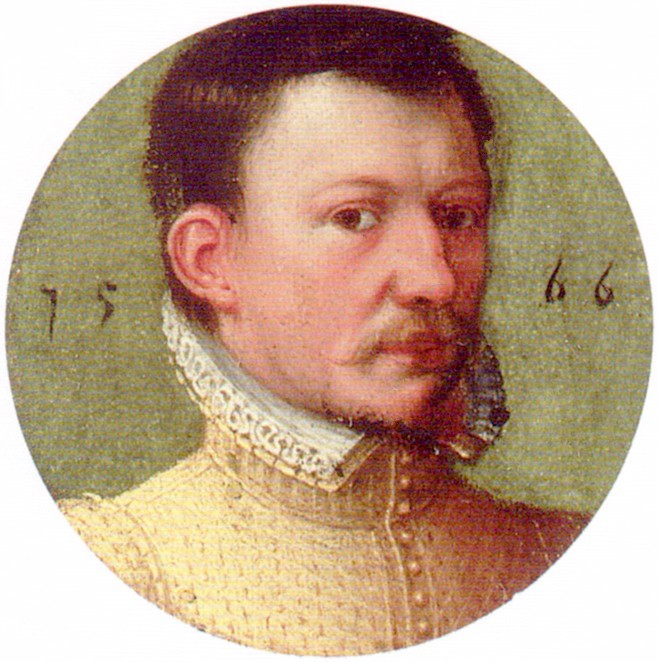
It seems that it was probably in this third-storey bedchamber that Mary miscarried twins at about three months into her pregnancy. The father was James Hepburn. Mary must have felt heartbroken and angry in equal measure as, by that time, she was beginning to realise how much Bothwell had used her. In one of her letters, she writes, ‘We cannot dissemble that he has used us as otherwise we would have wished or yet have deserved at his hand’. It is said that her twins were buried somewhere on the island. If this was the case, at around three months gestation, each foetus would have fitted into the palm of a hand, and therefore, the graves would have been tiny.
Sadly, worse was yet to come. According to John Guy, ‘weak and despairing’ after her miscarriage, on 24th July, around one month after her surrender at Carberry Hill, a fearsome delegation of Lords arrived at Loch Leven. The delegation was fronted by one of her gaolers, Lord Patrick Lindsay, who was in no mood to take prisoners. Again, a letter from Throckmorton reveals the extent of their charge and intentions. Mary was to sign ‘three-instruments’. The first confirmed her abdication in favour of her infant son; the second placed her half-brother (the illegitimate son of James V) as regent upon his return from France, and the third proposed an interim Council to govern the country until the latter could return to Scotland.
According to James Anderson’s Collections Relating to the History Of Mary Queen of Scotland, Mary knew that her life may have been in danger. ‘With many tears and weeping’, she signed the documents before her. As she did so, Mary protested that ‘whensoever God should put her at liberty, she would not abide thereat [by it] for it was done against her will’. Five days later, her one-year-old son was crowned James VI of Scotland in the parish church at Stirling. At Loch Leven, the castle’s guns were fired, and bonfires lit in the courtyard to celebrate. Mary was no longer Queen of Scotland.

The Scottish Queen was in a poor state of health following her miscarriage. Letters sent to England in the latter half of July that speak to Mary’s suffering from ‘the ague’ and that she was ‘sick with fever’. A doctor was allowed to attend her, and at some point (although it is not clear when), she was moved across the courtyard to the main central keep or ‘Tower House’. It seems the keep was considered a more secure place to hold the queen: ‘a place more sure to guard at night than her late lodgings’.
This rectangular structure had five floors. Before Mary’s occupation of the Tower, it was the main lodging for the Laird and his family, who henceforth moved to the Great Hall, sited in the inner courtyard (see the plan of the castle above). The ground floor of the Tower House contained a cellar for storage; the kitchen was on the first floor, while the central privy apartments ranged over the second to fifth floors. It was in these upper floors that Mary was held for most of her time at Loch Leven.
Access to the Tower House was at the second-floor level via a wooden staircase. This contained a hall with a fireplace at the upper or west end, good-sized windows to light the hall to the north and south and a spiral staircase that led up to the upper chambers. The fourth and fifth floors contained Mary’s chambers; her principal chamber was on the fourth floor, and two further chambers were on the floor above, one of which was used by her physician.

Escape from Loch Leven
After Mary recovered from the trauma of her miscarriage and imprisonment, she realised that she must bide her time before attempting to escape and reclaim her throne. According to John Guy, she ate well and took exercise in the gardens. She spent the rest of her time sewing and embroidery, playing cards and dancing.
Mary may have put on a little weight whilst incarcerated in Loch Leven, but she certainly had lost none of her charms. Her first escape attempt was aided and abetted by George Douglas, ‘Pretty Geordie’, the handsome younger brother of Sir William, Mary’s gaoler. He had fallen for the erstwhile queen and arranged to smuggle her out of the castle dressed as a laundry lady. However, the attempt failed. Mary was ‘unmasked’ as she crossed the loch, her boat turned about and taken back to the island.

However, the second attempt was successful. By this time, George Douglas had been thrown off the island. Despite that, he coordinated a second escape attempt. A sixteen-year-old page boy, who had been raised on Loch Leven, called Willie Douglas or ‘Little Willie’, would be the island ‘anchorman’. At the same time, George, who was ‘in fantasy of love’ with the queen, waited on the mainland.
Mary changed out of her clothes, swapping them with that of Mary Seaton (famously one of the queen’s four ‘Marys’), who attended her mistress during her imprisonment on Loch Leven. According to a letter sent to the English Queen and Council some seven days after the event, on Sunday, 2 May, Willie sabotaged all but one of the boats; ‘stole the keys in the time of supper and thereafter passed and [received] the King’s mother [Mary] forth of her chamber and conveyed her to the boat’. Although in broad daylight, with the family at supper, Mary’s escape went unnoticed.

At the side of the loch, George Douglas awaited her, ‘accompanied with the Laird of Riccarton, a friend of the Lord Bothwell’s, and with them ten horse’. To ensure they were not easily followed, they ‘took away all the horse which pertained to the Laird of Lochleven’. Two miles down the road, they were met by Lord Seton, James Hamilton of Ormiston and thirty more horses. ‘In this company, she passed the Ferry and was met by Claud Hamilton with thirty horses, who conveyed her to Niddry.’
Mary had succeeded: she was once again free. During her time on Loch Leven, she had lost her twins, her life had been threatened, and she had been forced to abdicate her crown – and yet she had prevailed. The stage was set for Mary’s gripping, final showdown with her half-brother and mortal enemy, the Earl of Moray, Regent of Scotland, and his Confederate of Lords.
Sources
These are sources that I have found helpful in writing this blog:
My Heart is My Own: The Life of Mary Queen of Scots, by John Guy
Lochleven Castle: The Official Souvenir Guide, by Historic Scotland
Calendar of State Papers Foreign: Elizabeth, Volume 8, 1566-1568. Originally published by Her Majesty’s Stationery Office, London, 1871.
Collections Relating to the History Of Mary Queen of Scotland: In Four Volumes. Volume 3.
Mary Queen of Scots, 1542-1587; extracts from the English, Spanish, and Venetian state papers; Buchanan, Knox, Lesley, Melville, the “Diurnal of occurrents by Rait, Robert S. (Robert Sangster), 1874-1936


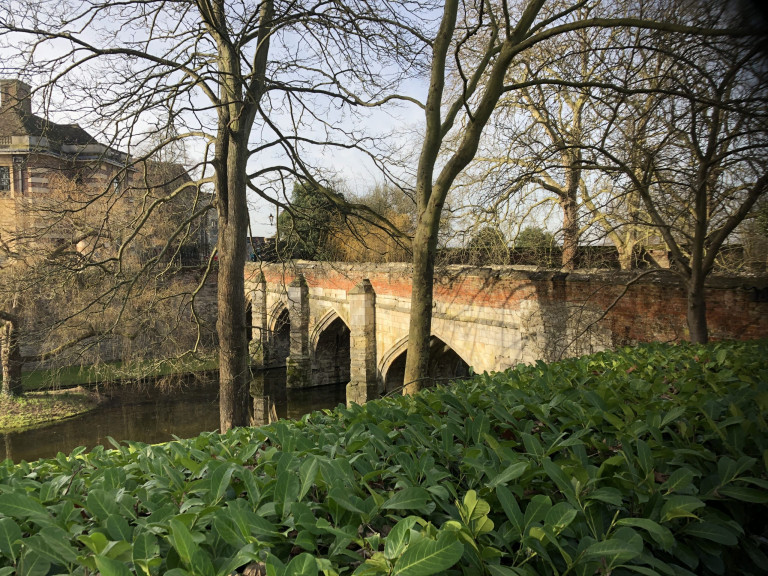
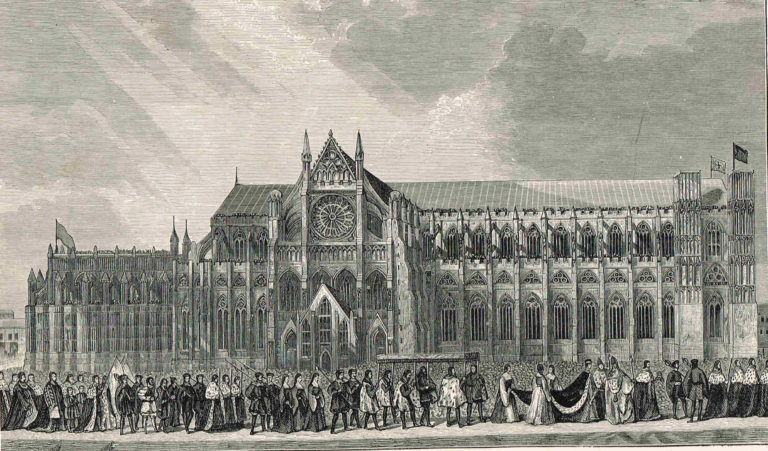
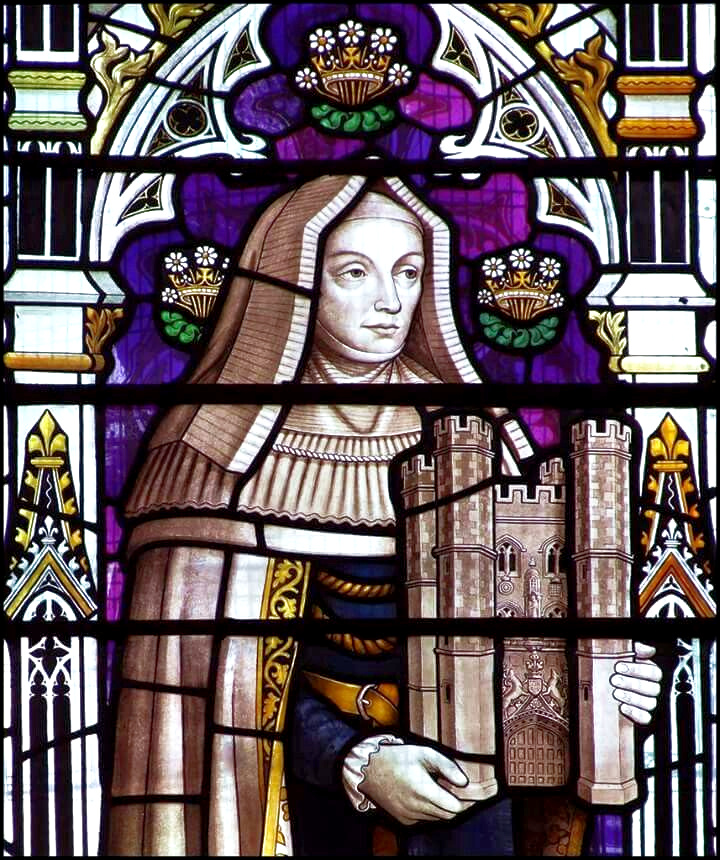
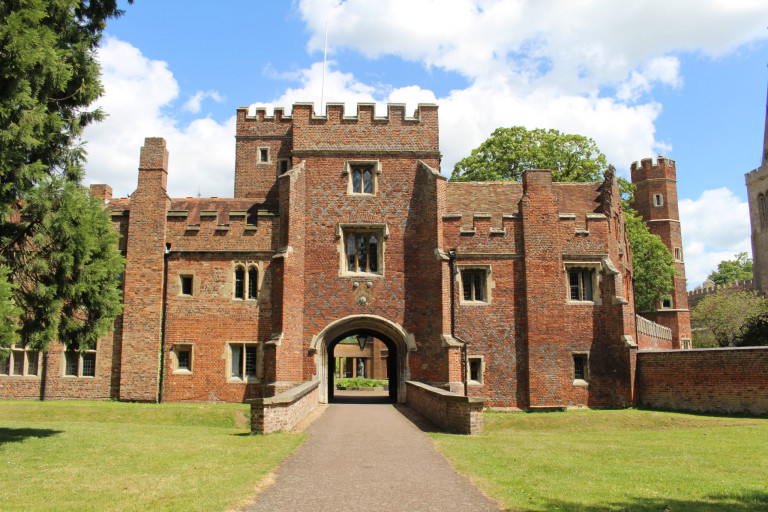
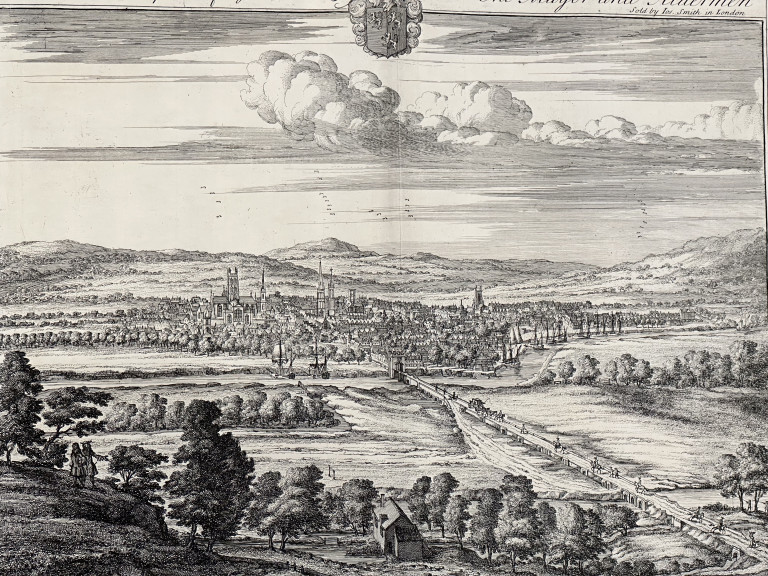
A wonderful enlightening article on Mary Queen of Scots and her horrible imprisonment in Loch Leven Castle. I learned a lot. Thank you very much.
It’s a shame to of seen Mary go, shame Elizabeth didn’t just keep her ouse arrest , I would love to come to tour ,about Mary Queen of Scots,as I love traveling to Scotland, please let me know when to start ordering